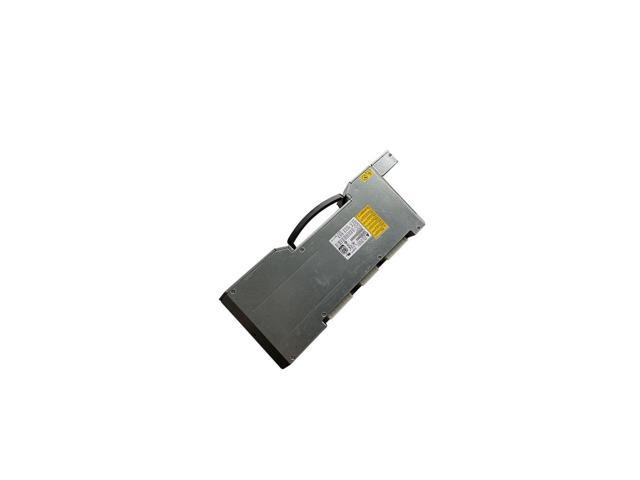"I believe this book is a trusted resource for any health care professional in daily practice dealing with patients with epilepsy. I highly recommend this book to practitioners at any level, from trainees to more experienced clinicians who are working on epilepsy... It may also serve as a valuable review tool for self-study and/or preparation for the Board certification and recertification examinations."
--Jin Jun Luo, MD, PhD, Temple University,Neurological Cases
Written for busy practitioners and trainees,Practical Epilepsyis the only concise yet exhaustive reference encompassing the broad scope of clinical epilepsy. It contains core information for professionals who wish to gain a breadth and depth of knowledge about epilepsy in a shorter amount of time than is required to read large reference books, and is a valuable review tool for self-assessment or exam preparation.
Designed to be read cover-to-cover, this highly practical reference covers basic science, assessment, and treatment and uses clear, succinct narratives, lists, tables, and illustrations to present the essential information needed to understand all aspects of epilepsy. The first section of the book introduces the clinical aspects of the science of epileptology with chapters on pathophysiology, genetics, classification, syndromes, epidemiology, etiology, and differential diagnosis. The second section is devoted to diagnostic evaluation, including instrumentation, normal and abnormal EEG, ICU EEG monitoring, scalp and intracranial video EEG monitoring, brain mapping, seizure semiology, neuroimaging, and other techniques. Section three covers treatment with a thorough review of basic principles, all classes of antiepileptic drugs, stimulation therapy, surgery, and dietary and alternative therapies. The final section focuses on special situations and associated concerns, ranging from status epilepticus and psychogenic nonepileptic events to migraines and reproductive issues.
Key Features:
- Delivers a concise yet thorough review of the clinical science and current practice of epilepsy medicine
- Chapter contributions come from a wide array of specialists
- Presents information in crisp, formatted chapters that distill must-know information for maximum utility
- Useful for practitioners at any level, from trainees to more experienced clinicians
- Illustrated with over 100 figures, including EEG readouts and other clinical images
- Serves as a valuable review tool for self-study or exam preparation















